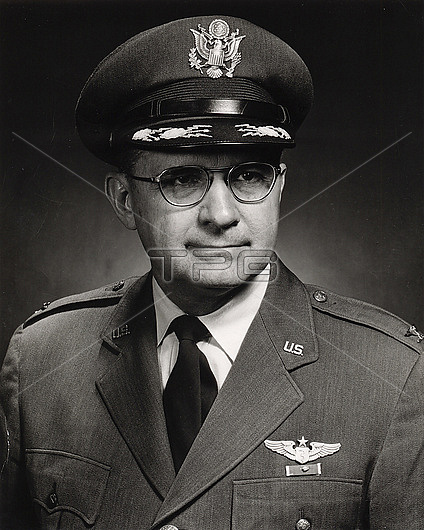
John Stapp (1910-1999), US aviation researcher. Stapp pioneered the study of the effects of deceleration on humans. He gained a doctorate in biophysics and a degree in medicine before joining the US Air Force in 1944. From 1946 he worked on the deceleration project that was studying how pilots could survive crashes. A rocket sled was used to simulate the deceleration experienced during an aeroplane crash. The system began operating in 1947 and by August 1948, several runs involving humans had been made. Stapp was one of the most frequent volunteers. On 10th December 1954 in his last ride on the Sonic Wind No. 1 sled at Holloman Air Force Base, New Mexico, USA, Stapp demonstrated that with adequate harnessing a human could withstand forces up to 46 g (1 g is the force of gravity at the Earth's surface). This run also gave Stapp the world land speed record of 1,017 kilometres an hour. Stapp's work led to the design of improved safety harnesses for aircraft pilots.
| px | px | dpi | = | cm | x | cm | = | MB |
Details
Creative#:
TOP28038259
Source:
達志影像
Authorization Type:
RM
Release Information:
須由TPG 完整授權
Model Release:
No
Property Release:
No
Right to Privacy:
No
Same folder images:
Restriction:
Editorial use only

 Loading
Loading